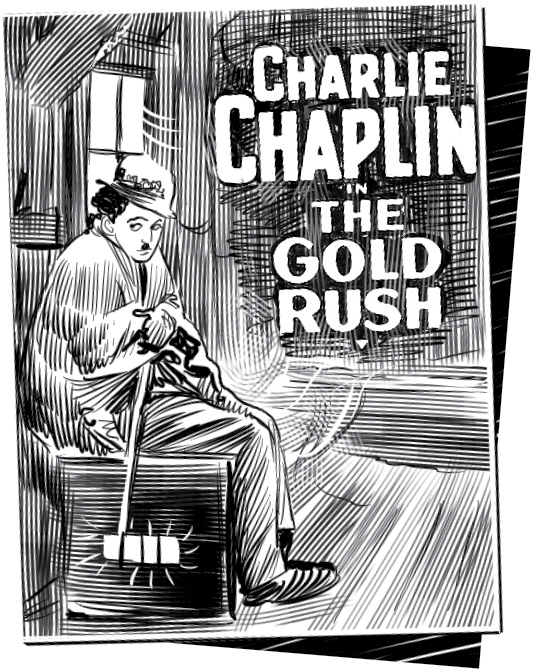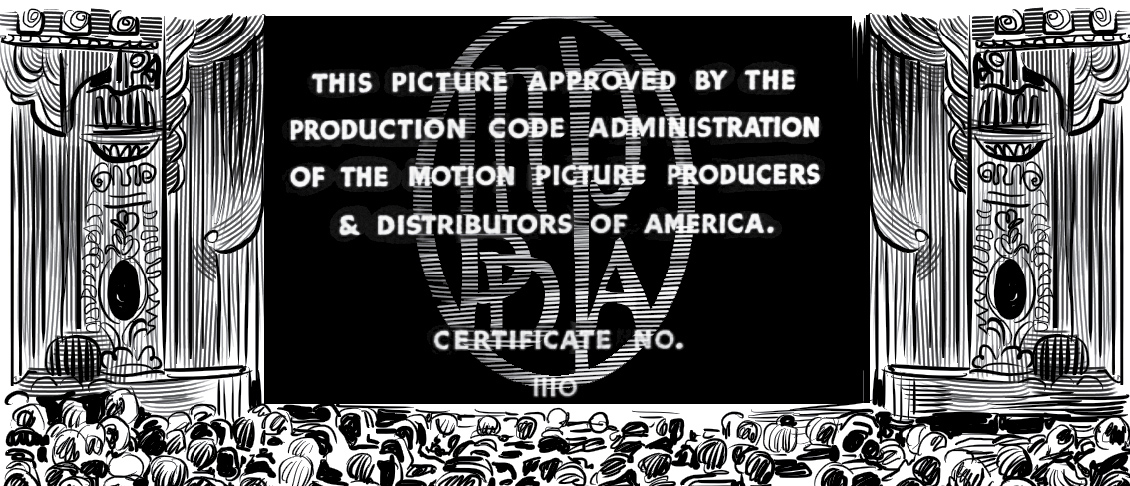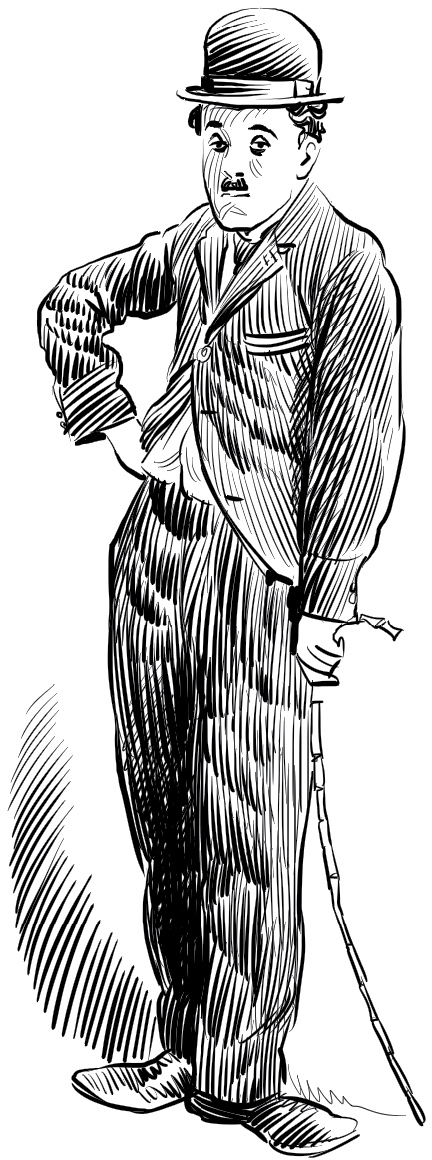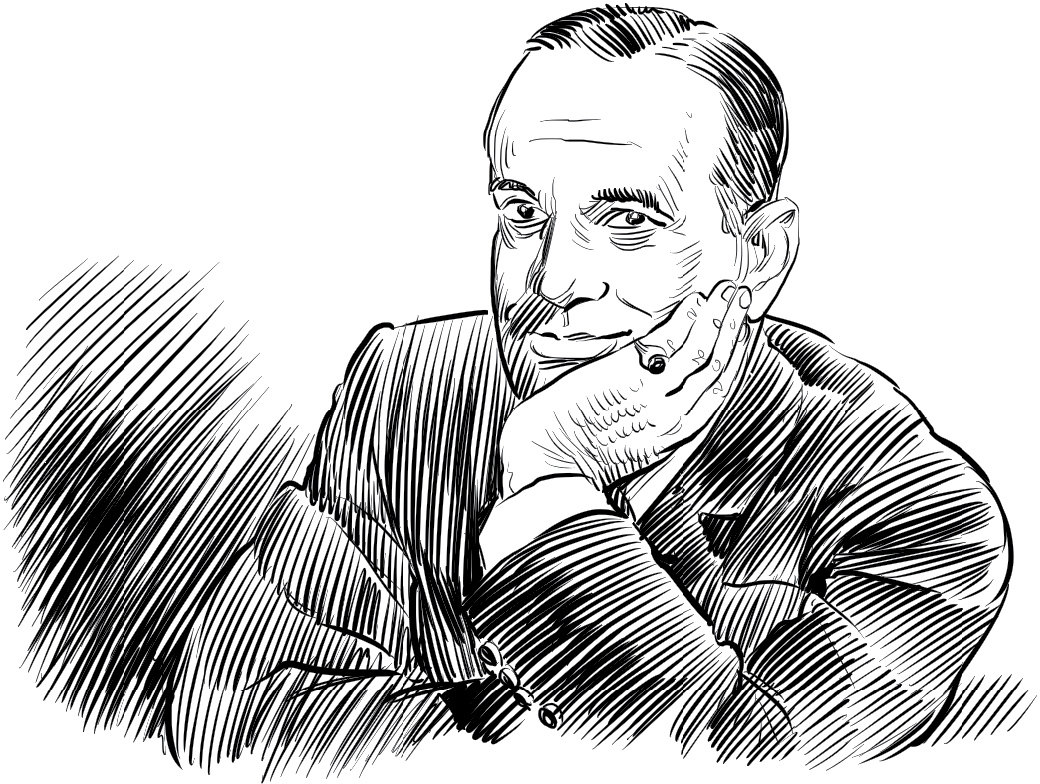CHAPTER 4
The Silent Era

The movie business was booming in the 1920s. The Big Parade opened in 1925. By 1930 it had brought in more than $5 million, even though tickets only cost about twenty cents. Charlie Chaplin’s 1925 movie, The Gold Rush, brought in more than $4 million in a few years. Successful directors and actors were building fancy mansions and driving expensive cars.
Fans didn’t just go to the movies. They also bought movie magazines. They were eager to read about silent-film stars like Mary Pickford, Rudolph Valentino, and Clara Bow.

Rudolph Valentino
Dark and handsome, Rudolph Valentino starred in romantic movies like The Sheik. There were reports that women in theaters fainted at the sight of him on-screen. Sadly, he died after an operation when he was only thirty-one. Thousands of people came to his funeral in New York City.

Clara Bow was called the “It Girl” after starring in a hit movie called It. Some people thought she was vulgar because of the way she dressed and danced and partied. She was too wild, they said. But this was the Jazz Age—the Roaring Twenties. Many young women wanted to look exactly like Clara Bow.

Clara Bow
The Hays Code

Mary Pickford, by contrast, was known as “America’s Sweetheart.” She was married to the dashing actor Douglas Fairbanks, who starred in action films such as Robin Hood and The Mark of Zorro. He was just as famous as his wife. They were Hollywood’s royal couple.

At first, actors and actresses got no credits. But moviegoers came to know them from seeing them on-screen. So the stars demanded credit and higher salaries. Soon, the most popular stars became rich. Like many successful stars, Fairbanks and Pickford lived in Beverly Hills, not far from where they made their movies. In 1919, they bought a remote eighteen-acre property. They turned it into a lavish home called Pickfair.

Although hardly anyone—even the rich—had a pool at that time, the one at Pickfair was so big, people could canoe in it! Pickfair became the second most famous home in America, after the White House. The couple was famous for their extravagant lawn parties. Everyone wanted to be invited. Silent-film stars were photographed driving through the gate, playing tennis, riding the Pickfair horses, zooming down the pool slide.


The Little Tramp
Charlie Chaplin was friends with Pickford and Fairbanks. He was not only a famous actor, he also wrote and directed his movies—Easy Street, The Kid, The Gold Rush, The Circus. He created a character called the Little Tramp. The good-natured hobo who behaved like a gentleman became one of America’s most beloved silent-film characters. Charlie Chaplin liked Pickfair so much, he built his own sprawling home across the road.
Silent movies had made Fairbanks, Pickford, and Chaplin rich. Now they were ready to make sure they were in charge of their careers. They wanted to choose what movies they made and how they made them. So in 1919, they started their own studio, United Artists, with D. W. Griffith.
Life for Hollywood stars was good. It couldn’t get better. But then, on October 6, 1927, a movie from Warner Bros. called The Jazz Singer opened. It was about a boy who wants to be a jazz singer, but his father wants him to be a cantor singing prayers at the synagogue. The movie starred Al Jolson.
It was the first talking movie.

Al Jolson
The Talkies


John Barrymore